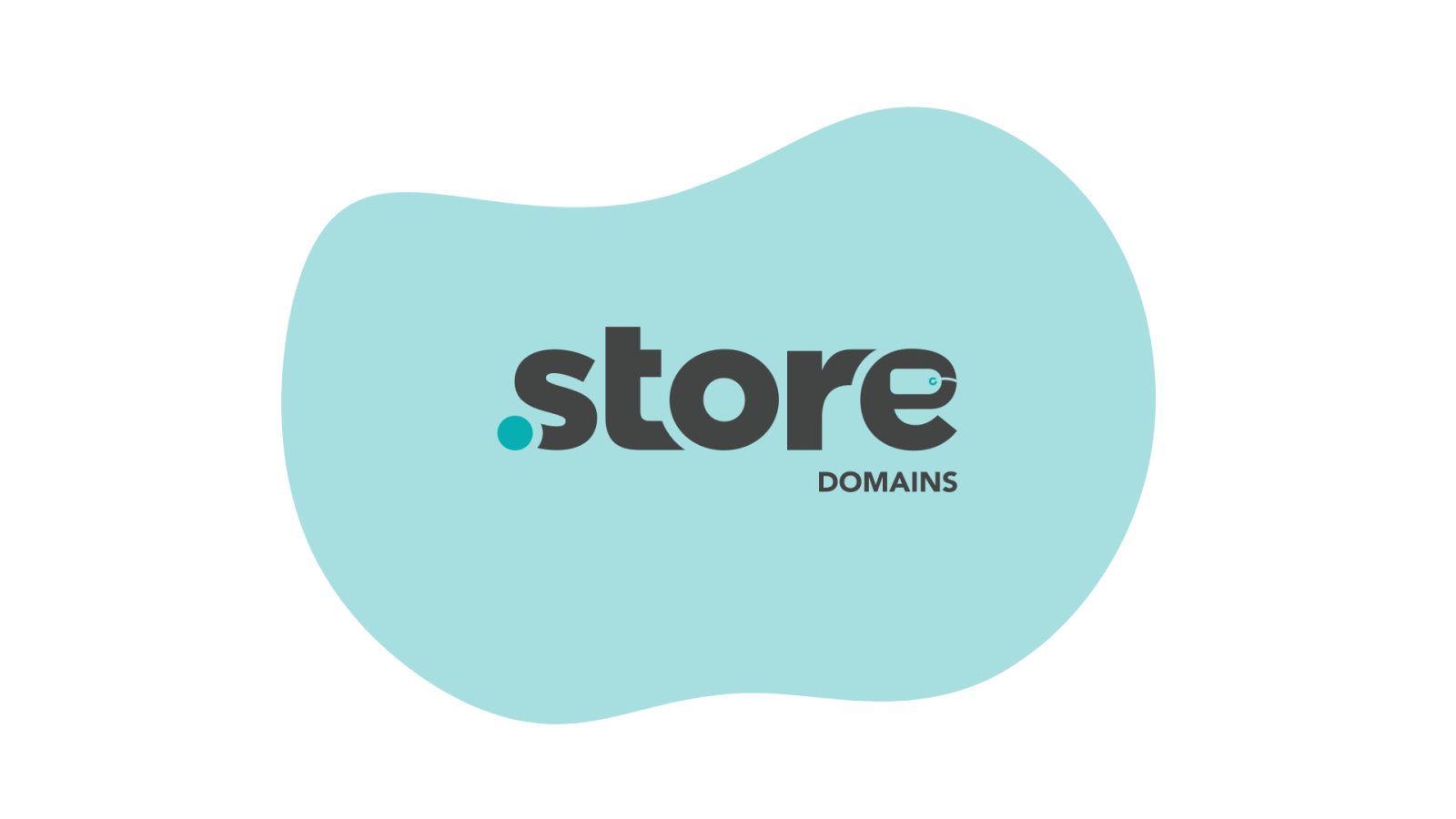With the COVID-19 global pandemic restricting the movement of people, an already booming e-commerce industry has seen unprecedented growth. In 2020, over 2 billion people purchased products online and e-retail sales surpassed USD 4.2 trillion worldwide.

The rise of e-commerce and the trend of remote working is enough to inspire aspiring entrepreneurs to take the plunge and start their own online stores. Moreover, with a plethora of online management, sales and marketing tools available, starting a store has never been easier. All you need to do is choose a business idea that is lucrative and scalable and then use the right tools to build your website and start selling.
Here are five steps to start a store online.
#1. Choose a business idea
Just because a product is in demand doesn’t mean it’s the right product for you. For instance, air conditioners are in demand during the summer, but it will be difficult for you to ship them unless you have a reliable network of drop-shippers or warehouse facilities at multiple locations.
Here are a few tips that can help you choose a store idea for your online business.
Pick something in demand
Study market trends to determine what products are in demand. For instance, due to lockdowns during the global pandemic, the demand for at-home fitness equipment rose because people were unable to access fitness facilities.
Improve on an already existing product
Talk to consumers to find out their pain points and how you could serve them better. An improved-upon product can sometimes be a better business prospect than creating something from scratch. Even the most trusted jeans brand in the world, Levi’s, built its business by adding metal rivets to jeans to make them more durable.
Make sure you can deliver
If you don’t have the budget to set up a delivery network, you may want to choose a product that can be delivered digitally, such as software or eBooks. You can choose to dropship products, but be aware of its disadvantages.
#2. Build your team
Every business needs a solid foundation built on:
- Manufacturing
- Marketing
- Delivering
When you choose a business idea, you need to ensure enough resources to manage these three aspects. For some ideas, you may be able to play all the roles yourself. For instance, you can create an online course and upload it on a website where customers can access it. You can do the same as an artist, or you could hire a team of artisans to assist you in creating products on a large scale. You will need to engage with regional mail delivery or private delivery companies for physical items you are producing yourself.
If you are not producing the products yourself, you can opt for drop shipping where, instead of keeping your own inventory, you pass on the sales to a third-party supplier who also performs delivery. While this is feasible initially, you will eventually need to stock your own inventory as your business grows.
You may be a one-person army when your store is new. But as you expand, you will need a team of marketers, production managers, accounting and finance managers, etc.
If you choose a store idea that is complicated to execute and manage at the outset, you should consider finding a partner. Your business partner can be a trustworthy friend, colleague, family member, or industry peer. After finding a partner, you can divide your responsibilities based on skill set, experience, and profit-sharing. If you’re looking to sign a partner, make sure you do it on mutually agreeable business terms to avoid future disputes.
#3. Mobilize funds
To lift your online store idea off the ground, run it efficiently and scale it in the future, you need capital investment. Here are a few ways that budding online store owners can use to fund their business dreams.
Invest your own money
There is nothing like using your own money to start a store as you don’t have to worry about returning it. When investing your own money, you may have to bootstrap your business by working from home, performing multiple functions yourself, and using organic marketing. But the pay-off will be a lot sweeter once your online store is well-established.
Try to find an investor
You can start your online store by finding an investor on a profit-sharing or power-sharing basis. Several large companies and angel investors are looking for promising start-up business ideas. Be advised, however, that the more a third party invests in your online store, the lesser control you will have over it.
Try crowdfunding
Crowdfunding platforms like Kickstarter and GoFundMe have become popular among startup businesses to raise capital. If you choose a store idea that is unique or fun or one that has a social or community angle to it, finding an investor for your business will be easier on such websites.
Take a business loan
You can apply for a loan or a line of credit to fund your online store. Make sure you research all your options thoroughly and opt for a loan that has a manageable interest rate and flexible tenure.
#4. Choose a store name
You need a name that you can stick with for the entirety of your business. Changing the name often will lead to branding inconsistencies and wastage of branding and marketing resources.
When choosing a name for your online store, you should also check its availability as a domain name and on social media platforms. As far as possible, the name you use across multiple platforms should be the same so that people can easily recognize your store’s presence.
Here are a few tips for choosing the right name and domain name for your online store.
Use relevant keywords
As a new store, it is essential to use some indicative terms in your business name so that people understand what you’re selling. Use Google Ads and Google’s related searches to find the most popular keywords that people are using to search for businesses like yours. For instance, if you’re selling shoes online, include words like shoes or footwear in your store name and your domain name.
A great way to come up with a short, memorable and communicative domain name for your business is to use industry-relevant top-level domains (TLDs). For instance, the .Store TLD is perfect for an online store because “store” is universally understood term for a place where people can buy things. Even well-established brands like Emirates (emirates.store) and famous YouTuber Pewdiepie (pewdiepie.store) have used this TLD to sell their products online.
Be creative
Combine relevant keywords with short, snappy, and exciting words that communicate your personality. You can take the help of a name generator like Namify, which offers domain name availability for .Store Domains and tells you if the name is available on social media too.
Check for copyright issues
There are thousands of online stores mushrooming on the global landscape daily. Before registering any name, make sure you’re not infringing on another entity’s copyright and trademark protections. You don’t want to get embroiled in lengthy and expensive legal battles that can tarnish the reputation of your business.
#5. Create your online storefront
When you enter a brick-and-mortar store, what do you expect? A beautiful and inviting ambiance, a clutter-free and easy-to-browse layout, and friendly and informed representatives to address your queries. Your online store must also deliver on these aspects to create a memorable shopping experience that compels customers to keep coming back.
When you build your online store website:
Use an e-commerce template
Most website providers will have ready and customizable e-commerce templates that will allow you to upload product catalogs, allow customers to browse, make purchases and make secure payments. You can build your online store on platforms like Shopify and BigCommerce.
Pay attention to design
To keep your branding uniform, use the same fonts and colors as in your logos and on your social media platforms. The design elements you use should also indicate what you’re selling and to who. For instance, if you’re selling clothes to a young audience, you can use bright colors and bold imagery. But if you’re catering to a corporate audience, you may want to go for a classy and minimalistic look.
Plan your user journey
Divide your products into categories displayed in drop-down menus on your homepage to make it easier for customers to look for what they want. Use intuitive calls to action in the form of ‘Add to Cart’ and ‘Buy Now’ buttons to guide customers in their journey and encourage them to complete their purchase.
Secure your website
Ensure your website has the SSL (Secure Sockets Layer) certificate to keep the sensitive information provided by customers, such as personal and payment details, protected.
Conclusion
Starting a store online is an exciting as well as a grueling journey. While every store requires a different setup based on what you’re selling, these five tips will help you establish a strong base for building your online store.






